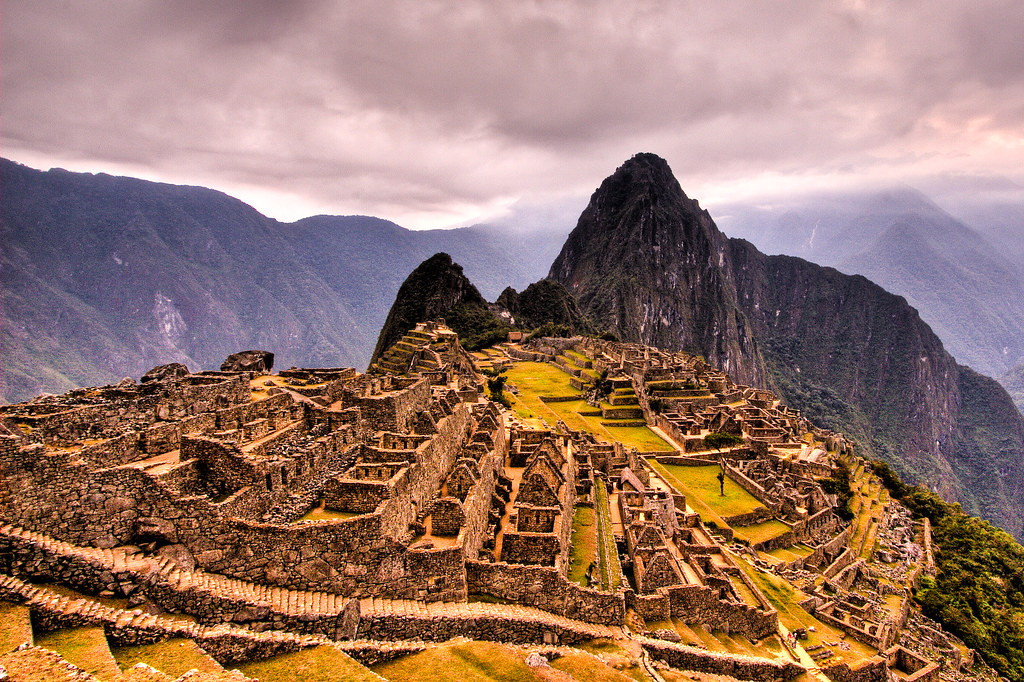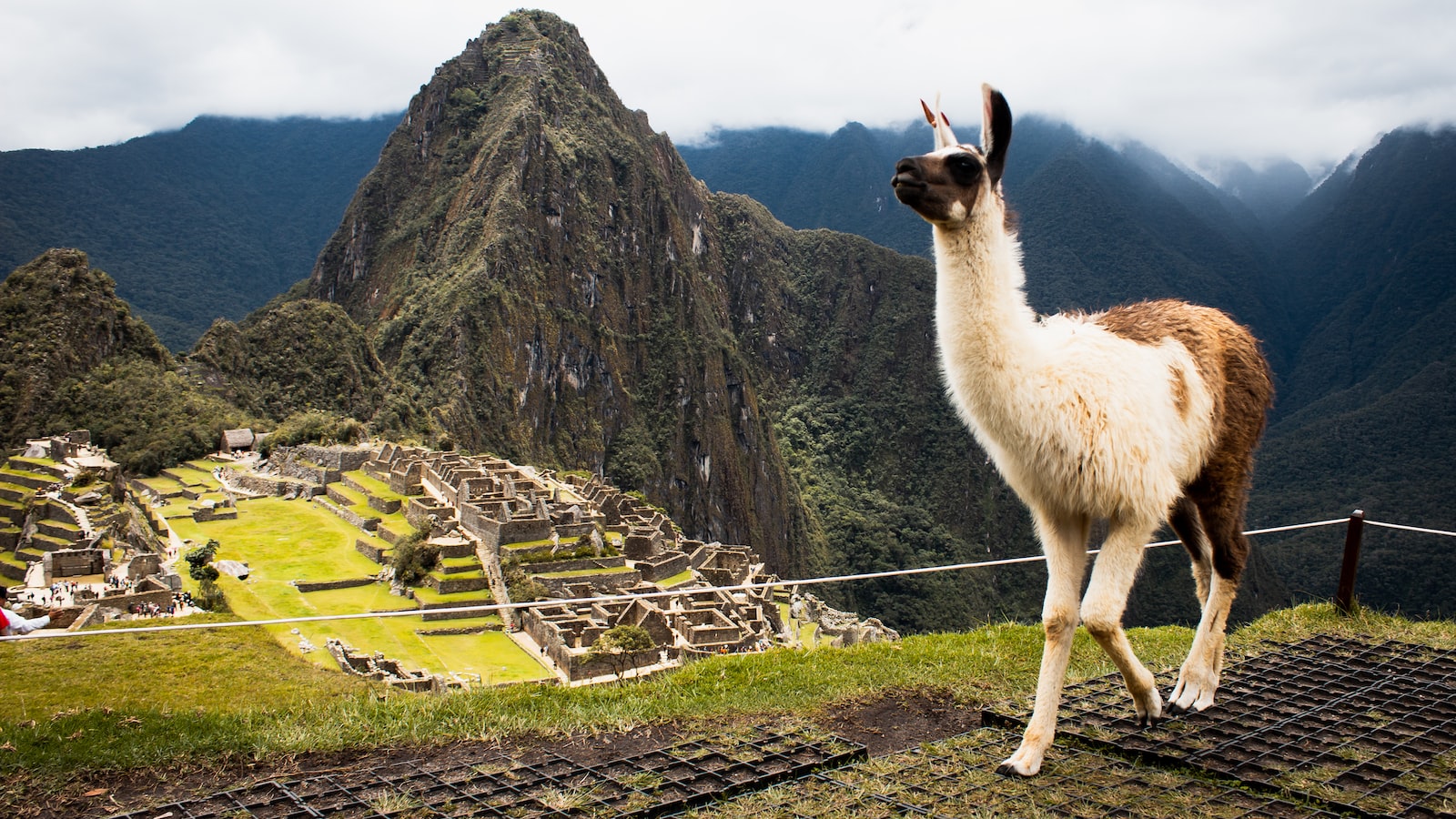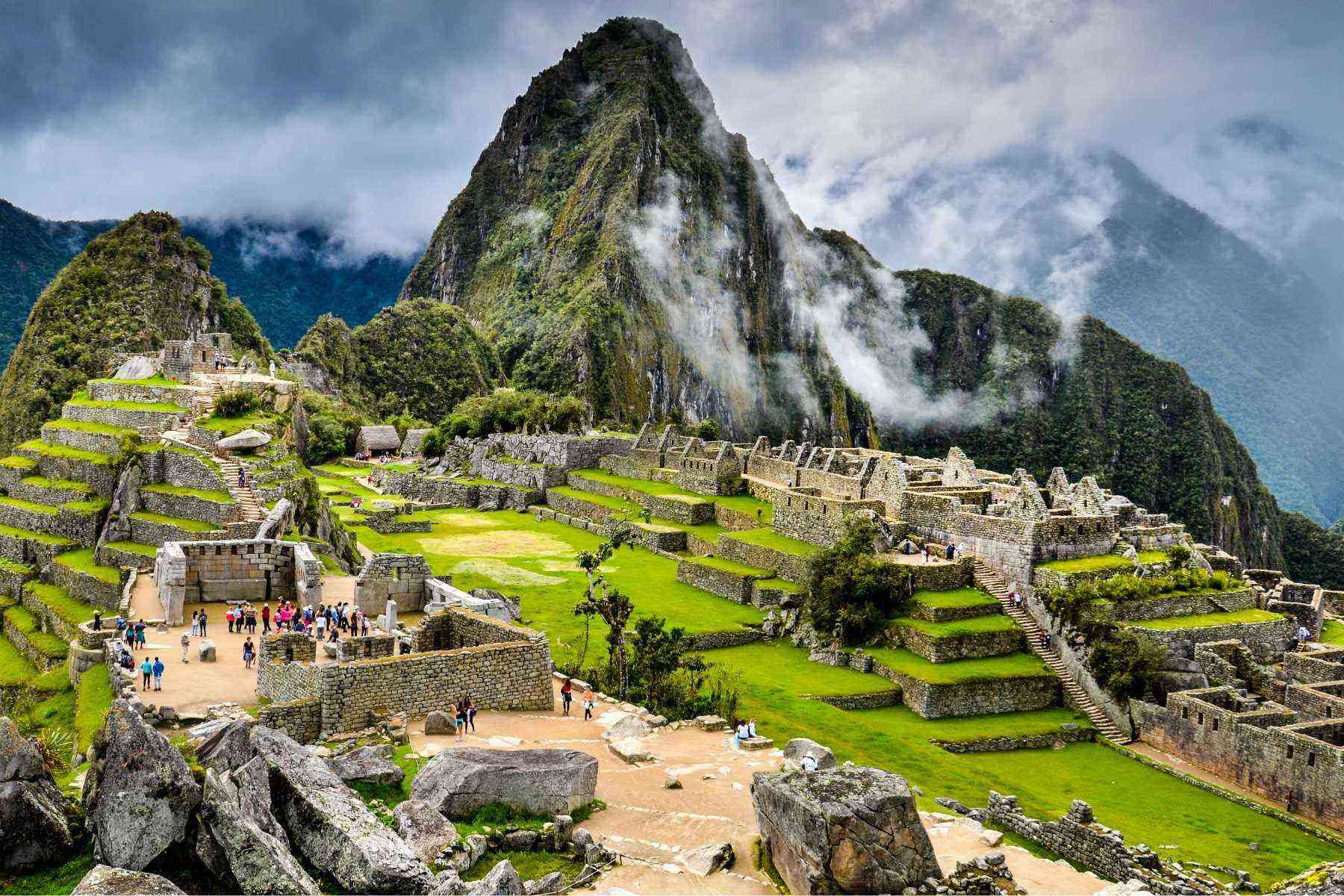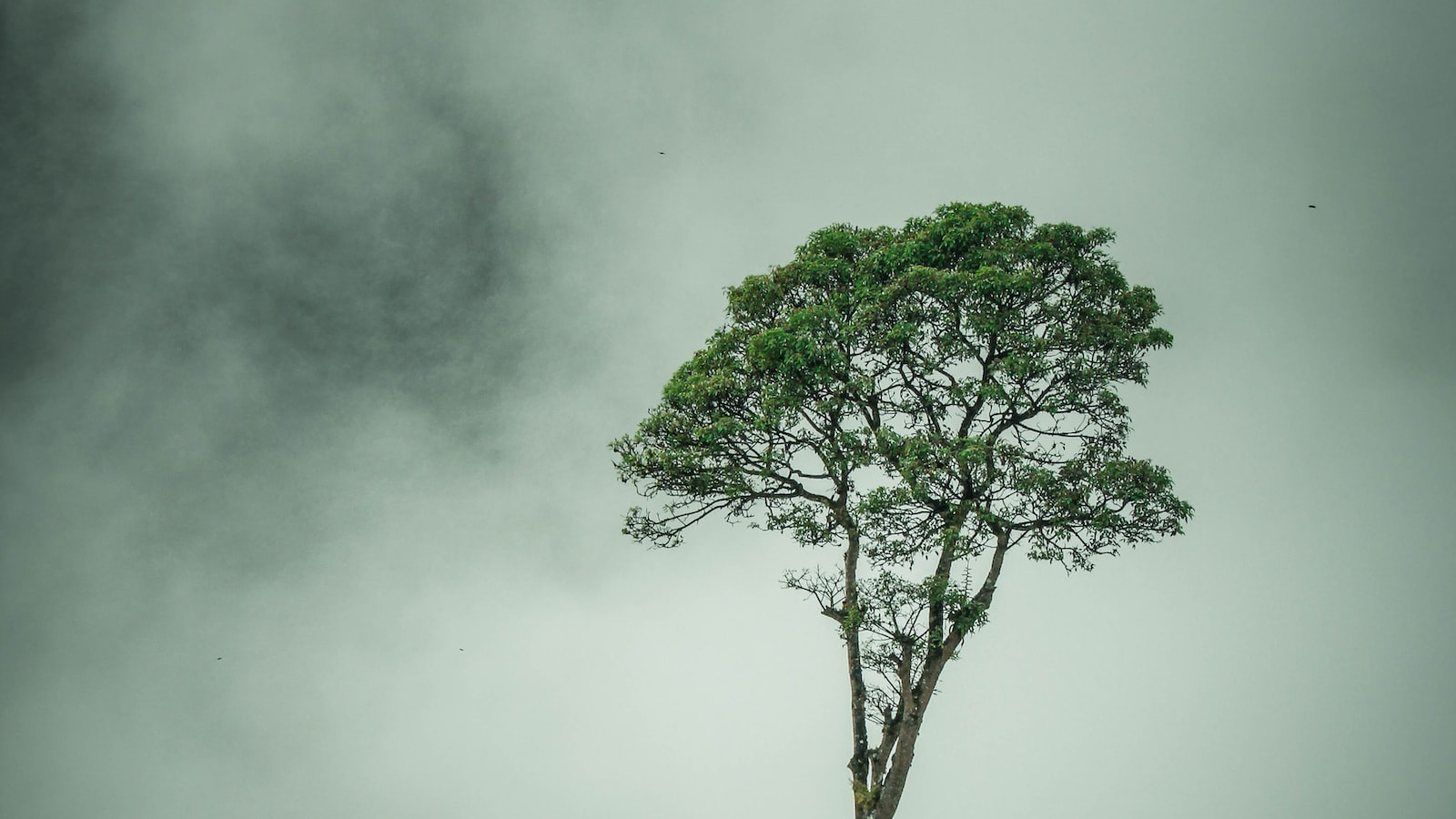In the heart of the Peruvian Andes, amidst the breathtaking landscapes of the Urubamba Valley, lies a mystical wonder that has captivated the minds of explorers, archaeologists, and curious travelers for centuries. Welcome to Machu Picchu, an ancient Incan citadel perpetually shrouded in enigmatic tales of a lost civilization. Like an ageless sentinel, this UNESCO World Heritage site stands as a testament to the ingenuity, grandeur, and intriguing mysteries of the Inca Empire. As we embark on a journey of discovery, we will peel back the layers of time, unveiling the untold stories hidden within Machu Picchu’s weathered stone walls. Prepare to be transported to a world where history meets myth, where secrets lie in wait to be unearthed, and where the ancient whispers of the past reverberate through the ages. Join us as we unravel the captivating legends and enigmatic truths that have made Machu Picchu an unrivaled masterpiece of antiquity.
Uncovering Machu Picchu’s Origins: Tracing the Ancient Incan Civilization’s Legacy
Nestled amidst the breathtaking peaks of the Andes, Machu Picchu stands as an enigmatic testament to the brilliance of the ancient Incan civilization. As we embark on this archaeological journey, we delve into the secrets that lie within the intricate stone walls and terraces, uncovering the true origins of this mystical UNESCO World Heritage site.
Tracing the extraordinary legacy of the Incas, we discover that Machu Picchu was not just a mere fortress or city; it was a living testament to the ingenuity and engineering marvels of a civilization that thrived over 500 years ago. With its ingenious urban planning and impeccable integration with the natural landscape, Machu Picchu reveals the profound knowledge and reverence the Incas held for their surrounding environment. The perfectly aligned stone structures, advanced water management systems, and agricultural terraces all speak of a society that thrived in harmony with nature. Each step taken in this ancient wonder transports us deeper into the footsteps of an awe-inspiring civilization, leaving us in awe of their monumental achievements.
- Sacred Architecture: Machu Picchu’s architectural precision, utilizing exclusively stone without the use of mortar, showcases the Incas’ unparalleled craftsmanship and engineering skills. Each stone was meticulously carved and interlocked, withstanding centuries of seismic activity.
- Inti Watana: The enigmatic stone “Hitching Post of the Sun,” known as Inti Watana, served as an astronomical observatory and spiritual center for the Incas, offering glimpses into their profound celestial connections.
- The Lost City: Rediscovered in 1911 by Hiram Bingham, Machu Picchu captivates the world with its air of mystery. How did it remain hidden for centuries, evading the Spanish conquistadors’ grasp? Unravel the intriguing tales that shroud the secret of this mystical sanctuary.

Exploring the Architectural Marvels of Machu Picchu: A Window into Incan Engineering Brilliance
Machu Picchu, nestled high in the Andes Mountains of Peru, presents an awe-inspiring testament to the engineering brilliance of the ancient Incan civilization. As you wander through the stone ruins, a sense of wonder permeates the air, making it evident why this remarkable UNESCO World Heritage Site attracts millions of visitors each year. The architectural marvels hidden within this mystical sanctuary offer a glimpse into the ingenious methods employed by the Incas to create a harmonious equilibrium between their structures and the surrounding natural landscape.
The delicate art of balancing immense stone blocks without the use of mortar is one of the most astonishing features of Machu Picchu. The Incas developed an interlocking technique known as ashlar masonry, where each massive stone was painstakingly shaped to fit perfectly with neighboring stones, holding them firmly in place. This ingenious technique not only provided exceptional structural stability, but it also allowed the Incas to construct intricate and precise structures that have stood the test of time.
- The Temple of the Sun, a semi-circular masterpiece, stands as a testament to the advanced astronomical knowledge possessed by the Incas. Its orientation and carefully positioned windows align with celestial events, encapsulating the spiritual relationship the Incas had with the cosmos.
- The terraces of Machu Picchu, often called “the floating gardens,” showcase the Incas’ unrivaled skill in agricultural engineering. These terraces, built on steep slopes, were ingeniously designed to optimize sunlight, create favorable microclimates, and facilitate efficient irrigation systems, allowing the Incas to cultivate a variety of crops at varying altitudes.
- Inti Huatana, the enigmatic sun dial, serves as a sophisticated instrument capturing the movements of the sun throughout the year. This stone pillar, carved with precision, accurately measured the equinoxes and solstices, further demonstrating the Incan’s deep understanding of celestial movements and their ability to integrate them into their architectural designs.
Exploring Machu Picchu transports visitors back in time, revealing the intricacies of Incan engineering brilliance. The synergy between nature and construction marvels is a constant reminder of the innovation and harmonious coexistence achieved by this remarkable civilization. A journey to this ancient citadel is an invitation to witness the unparalleled architectural achievements that undoubtedly establish Machu Picchu as one of the world’s greatest wonders.

Decoding the Enigmatic Geographical Placement of Machu Picchu: Unraveling Its Purpose and Significance
Nestled high in the misty peaks of the Andes Mountains, amidst the lush emerald blanket of the Peruvian landscape, lies the ancient citadel of Machu Picchu. This enigmatic marvel of human ingenuity continues to captivate historians, archaeologists, and curious travelers alike, posing questions that have long puzzled scholars – from its mysterious geographical placement to its intricate design and purpose. Beyond the veil of uncertainty, the purpose and significance of Machu Picchu unveil a tale of both astronomical curiosity and spiritual reverence.
One prevailing theory suggests that the strategic placement of Machu Picchu on a saddle between two mountain peaks holds astronomical significance. The sacred alignments and celestial observations made possible from this vantage point speak to the advanced knowledge of the Inca civilization. The Sun Temple, for instance, is expertly positioned to align with the sun’s rays during key astronomical events such as the solstices and equinoxes. Such precise alignments indicate that Machu Picchu may have served as an observatory, allowing the Inca priests to harness the cosmos for both spiritual and practical purposes.
- Further studies propose an agrarian purpose behind the site’s geographical choice. The terraces and irrigation systems found in and around Machu Picchu point to its potential use as a testing ground for agricultural practices, given its unique microclimate and access to diverse ecosystems. The site’s strategic positioning allowed the Incas to experiment with growing crops at different altitudes, harnessing the abundance of the region to sustain their empire.
- Moreover, Machu Picchu’s geographical placement, hidden amidst steep mountain slopes, also suggests a defensive function. The natural barriers provided by the surrounding peaks, combined with the citadel’s intricate stonework and strategic layout, indicate that this ancient marvel may have served as a refuge during times of war or social unrest, protecting the Inca elite and their sacred knowledge from potential threats.
As we continue to explore the fascinating history of Machu Picchu, its purpose and significance remain shrouded in mystery. However, the captivating blend of astronomy, agriculture, and defense interwoven into its geographical placement unveils the spiritual, practical, and cultural importance of this extraordinary citadel.

Planning a Visit to Machu Picchu: Must-See Highlights and Practical Tips
Exploring the Enchanting Ruins
Machu Picchu, a UNESCO World Heritage site nestled high in the Andes Mountains, is one of the most awe-inspiring archaeological wonders on Earth. As you embark on your journey to this mystical Incan city, be prepared to be captivated by its sheer beauty and rich history. Marvel at the intricate stone walls, exquisite terraces, and mysterious temples that make up this ancient wonder. Don’t miss the iconic Intihuatana, a stone structure believed to have served as a solar clock and spiritual center for the Incas.
- Be an early bird: To fully appreciate the magic of Machu Picchu without the crowds, aim to arrive at the site early in the morning. The sunrise over the surrounding mountains is a spectacle not to be missed.
- Trek the Inca Trail: For the adventurous at heart, embark on the legendary Inca Trail, a multi-day trek that leads you through breathtaking landscapes and culminates with the grand reveal of Machu Picchu from the Sun Gate. It’s an experience of a lifetime.
- Visit Huayna Picchu: For a bird’s-eye view of Machu Picchu, hike Huayna Picchu, the towering mountain that overlooks the ruins. While the ascent can be challenging, the panoramic views of the ancient city and the surrounding lush mountains make it more than worthwhile.
As you wander through the ancient ruins, take a moment to soak in the energy and mystery that permeates the air. Don’t forget to bring a sturdy pair of walking shoes, sunscreen, and plenty of water. The weather can be unpredictable, so layering clothing is advised. With careful planning and a spirit of adventure, your visit to Machu Picchu is sure to be an unforgettable experience.
Wrapping Up
As our journey through the hallowed grounds of Machu Picchu comes to an end, we are left in awe of the ancient mysteries that continue to puzzle and captivate minds from across the globe. The resplendent ruins of this sacred Incan citadel have woven a tapestry of secrets, shedding light on a civilization lost in time.
As we immersed ourselves in the enigmatic ruins, our minds became entangled in a web of unanswered questions. How did the Incans manage to construct this architectural marvel atop the Andean slopes? What purpose did this citadel serve, concealed amongst the towering peaks? The more we delved into the corridors of history, the more we realized that Machu Picchu guarded its secrets fiercely, only allowing glimpses into an enigmatic past.
The ethereal mist that envelopes these ancient stone walls seems to whisper tales of forgotten lives, of spiritual devotion, and a way of life that remains shrouded in mystery. Each step we took felt like a pilgrimage, a profound connection with an ancient civilization that vanished without a trace, leaving behind only remnants of their grandeur.
Lost in time, Machu Picchu stands as a testament to the accomplishment and ingenuity of its builders. The precision of stones, the intricacy of its design, and the awe-inspiring integration with the natural landscape all speak volumes of the Incans’ reverence for the earthly and the divine.
Embarking on this expedition allowed us to witness firsthand the harmonious coexistence between humanity and nature. The terraces, the ingenious water channels, and the celestial alignment of the Temple of the Sun all reveal an intimate bond between the Incans and their environment. It is a reminder, even now, of the delicate balance we must strive to maintain in our own modern world.
As we bid farewell to Machu Picchu, its mysteries continue to stir our curiosities. We depart with a deeper appreciation for the inexhaustible wonders this world holds, and a profound respect for the awestriking power of human imagination and determination.
So let us leave this ancient citadel, etched in our memories, forever grateful for the opportunity to have unearthed, if only in part, the enigmas woven into the fabric of Machu Picchu. And in doing so, carry with us the whispered echoes of an ancient wisdom that shall endure for eternity.
For centuries, one of the world’s most intriguing archaeological wonders has lay dormant atop the Peruvian peak of Machu Picchu. This ancient Incan citadel, perched 8,000 ft. above sea level, has mystified explorers for generations, yet much of its history – and secrets – remain to be discovered.
The origins of Machu Picchu are a long-held mystery. While some believe it to be an ancient palace or religious site, no one truly knows the purpose of its construction. What archaeologists do know is that it was constructed in around 1450, yet was completely abandoned by the time Spanish Conquistadors explored the area in the late 1530s.
Today, Machu Picchu is a Unesco World Heritage site, open to thousands of tourists each year. Many of the fascinating facets of the site remain unexamined, as excavation of the ruins is limited to protect the fragile environment. However, recent study of the area has provided glimpses into the lives of Machu Picchu’s ancient inhabitants.
Most notably, excavation has revealed the existence of an intricate irrigation system. This sophisticated engineering speaks to the innovative farming techniques and advances in gardening the Inca achieved in this region of the Andes. What’s more, a number of human remains discovered in and around the citadel have allowed us to study ancient burials and funeral customs in the area.
The mysteries of Machu Picchu still remain, yet the amazing archaeological discoveries of the past decade have brought us one step closer to understanding this incredible history. Undoubtedly, the secrets of this deceased Incan Empire are lost in time, but every year new research brings its story ever closer to our grasp.
